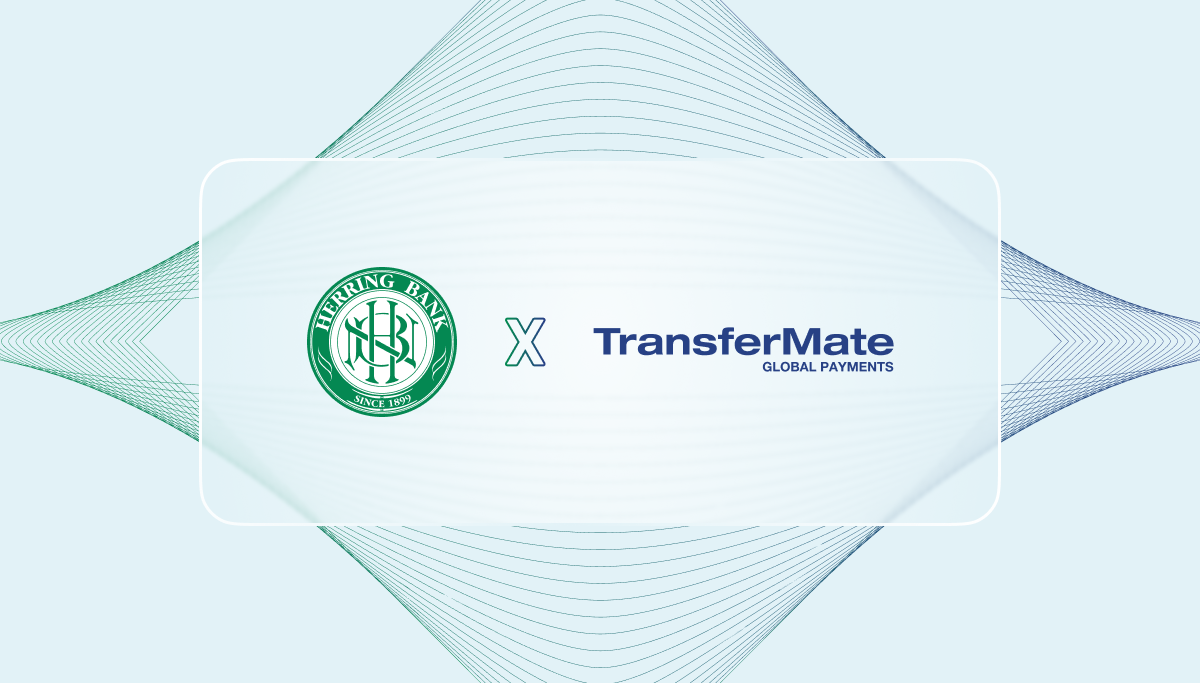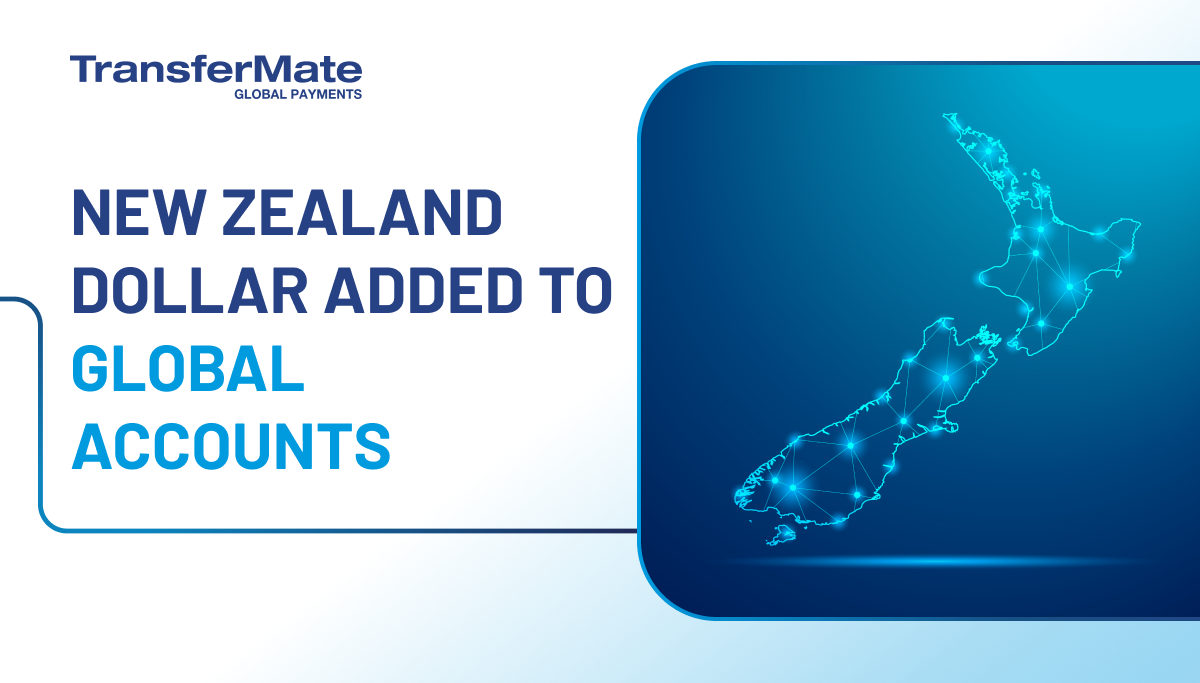Behind every scenic holiday, or snow-scattered mountain break, a hidden global infrastructure makes it all work.
For every individual tourist, every local business, every operator, there has to be a way to exchange payments across borders and in multiple currencies.
Managing this global flow of currencies can be a challenge, and affects every international business. Exchange rates fluctuate unpredictably, international transfers can take days, and hidden fees nibble away at profits.
So, what are the challenges facing travel companies managing multiple currencies, and how can they be tackled head-on?
The Challenge of Multi-Currency Management in Travel

For a travel company, managed currencies can be wide-ranging. For a travel company based in the US, a customer paying in USD could book an all-inclusive touring vacation to Europe, visiting the UK, France, and Switzerland.
The company would then have to pay multiple vendors in Euro, GBP, and Swiss Francs. Each payment comes with its own set of challenges: fluctuating exchange rates, wire transfer fees, and the slow pace of international banking systems. Multiply this by any number of transactions per month, and you’ve got a logistical headache with a lot of risk attached.
Exchange rate fluctuations can erode margins, while slow payments risk straining relationships with overseas vendors. Customers also expect their transactions to be fast and seamless—any hiccups could lead to bad reviews or lost business.
A Strategic Approach to Currency Management

For travel companies, managing multiple currencies is about more than reducing costs—it’s about efficiency, transparency, and staying competitive in a global marketplace.
Thankfully, the tools are available to tackle the challenges of multi-currency management. Payment solutions have been developed to streamline operations, automate processes, reduce costs, and help travel companies operate across minor and exotic currencies.
Here are four ways how travel companies can leverage fintechs to manage multiple currencies:
1) Use Virtual Accounts for Local Payments

Virtual accounts are a valuable addition to the financial repertoire of a business with international operations. Depending on the product used, they can allow you to hold, receive, and pay in multiple currencies without needing a physical bank presence in every country.
These solutions bypass the need for expensive cross-border wire transfers. Let’s say your company is based in New York, but you work with vendors in France and Japan. With a virtual account, you can buy currencies at low cost, load those currencies into local accounts you control, and then pay your French partner in euros and your Japanese partner in yen directly from your account. Using this infrastructure as an individual operator means you essentially get the same benefits of an international bank when moving money internationally.
“We’ve reduced the cost of international payment fees by 10x using the TransferMate platform and have reduced the time spent on each payment run from a full day to a couple of hours.” - Ryan Godson, Financial Controller, Saga Travel Group
In most cases, you can also hold funds in these currencies within the virtual accounts, converting them when necessary to other currency accounts as required. This makes managing multiple currencies easier on one platform and offers businesses a clear view of their international cash holdings.
2) Automate Payment Workflows
Manually managing dozens—or even hundreds—of monthly payments is time-consuming and prone to error. Automation can simplify this process, ensuring payments are accurate, timely, and fully compliant with local regulations.
Travel companies can use payment software to automate workflows from invoice generation to payment reconciliation. That means you can spend less time on admin and more time creating unforgettable experiences for your clients. As a bonus, many leading software providers have integrated payment technology, meaning businesses can leverage these automated workflows within their existing accounting and ERP platforms.
3) Streamline Refunds and Customer Payments
Refunds are an inevitable part of the travel business. However, handling refunds in multiple currencies can be tricky, especially when dealing with variances in exchange rates or transfer delays. Customers expect quick and transparent resolutions so that delays can damage your reputation.
Travel companies can simplify their refund process by using payment platforms with virtual account capabilities. By holding balances in different currencies, refunds are processed quickly and returned to the originating account without the need for currency conversions. It’s fast and efficient, and funds can be reused faster in that same local currency.
4) Extend Coverage of Exotic Currencies

Customers are increasingly searching for new, novel experiences. While the majority of vacations are focused on traditional, “must-see” locations in Europe and the US, there’s been a notable rise in exploration in the last few decades. In fact, there’s a good argument to be made that this age of exploration is facilitated by the global infrastructure we’ve been talking about. If something becomes easier, more people will do it.
Regions like Fiji, Southeast Asia, and West Africa are seeing increased demand for tourists seeking thrills. But for a travel company, managing exotic currencies offers challenges in volatility and payment capabilities.
In most cases, using payment providers can be more efficient to manage exotic currency transfers than traditional methods. Now, travel companies can offer new experiences to an ever-hungry market and not worry about administrative headaches.
“The concept is fantastic. We've got two main Global Accounts, AUD and USD, to collect into and pay out from. We regularly transfer AUD to USD between the wallets to be able to pay our USD clients. Fijian dollars are an important one for us, and TransferMate does that in a seamless way. That's a massive benefit for us. So, it's good to have that because it makes life a lot easier.” - Pargol Mohsenpour, Head of Operations, Kovena
Staying Competitive in a Global Market

Currency management isn’t a back-office issue—it’s a competitive advantage. Travel companies that streamline their global payments can offer better rates to customers, build stronger relationships with vendors, and operate more efficiently.
In an industry as competitive as travel, every edge matters.
Travel companies need to focus on what they do best. So, as you book that next trip for a customer—or negotiate with an overseas vendor—know that the tools to handle payments more effectively are just a click away.
Sign up to the TransferMate Platform today and build your own international banking network to manage multiple currencies, pay, and receive globally within a few clicks. It’s so fast, it’s impossible to do it any quicker.








